
HRD seeks to constantly maintain maximum efficiency and effectiveness by examining employee functions in their jobs. To increase the performance of a company, HRD focuses on elements such as staff satisfaction, compensation, and incentives to keep up morale in order to achieve the highest possible performance from the employees HRD covers the role of recruitment, job analysis, performance appraisals, and skill inventorying to gain a competitive advantage. The extracted data during HR Planning are required to keep track of the human capital functioning within the company. While the task of compiling accurate data may be difficult, advances in technology play a major role in today’s HR function to help automate the work and make it easier.
In the digital era, current human resource planning is leaning toward a more machine-based system. The benefits of cutting-edge technology can help HR planners greatly increase the efficiency and their ability to forecast future needs and wants. The future of HR lies in data analytics that compiles all the information on employees, including their upbringing, experience, performance, and skill sets and monitors them via a computerised interface. Human resource planning is creating strategies around machine run data. The resulting benefit makes artificial intelligence (AI) an important asset that would decrease the time spent on recruitment and increasing its effectiveness while also providing applicants with a fair assessment.
It is with a great sense of admiration mixed up with a dash of amazement, that I scan the current HRD scenario to witness the giant strides made in this field. Yet amongst the glamour and glitter orchestrated by many organisations, which apparently looks like the tip of the iceberg, perhaps it could be my imagination at this late stage of life, I notice a sense of undue stress and dissatisfaction among the staff at all levels in most companies I happen to visit during my consultancies. It makes me to wonder whether we are better off nowadays and motivates me to recollect the scenarios that existed half a century ago during my formative years
As the well quoted words of Mark Antony in Julius Caesar of Shakespeare:
Friends, Romans, countrymen, lend me your ears;
I come to bury Caesar, not to praise him,
My aim is not to glorify the so-called good old days, but to glimpse at some of the best practices used which were appropriate in those bygone days, and some which in my opinion can still be practically valid.

When I faced the first interview at the Bata Shoe Company of Ceylon Ltd in 1969, the very first question I was asked by the Personnel Manager was why I have stipulated a low salary. You should never underestimate yourself. I was reminded. By that time, I had a little over one years’ experience in one of the footwear companies and I was studying part-time for LIRI ( UK ). We joined as trainees under the Management Development Personnel (MDP), and the very first document we were given was a printed leaflet about learning principles (which I still have filed). It started with the famous ancient Chinese quote:
Give a Man a Fish, and You Feed Him for a Day. Teach a Man to Fish, and You Feed Him for a Lifetime.
The type of training was truly hands-on. Whichever functional area we were selected, be it Production, Technical, Purchasing, Marketing, HR or Engineering, we were assigned to the sales outlets and showrooms for one week to familiarize with customer requirements and to learn the shoe sizes by practice. It was a very practical way of understanding customer perception on which there are a multitude of techniques available these days. In the technical and production area which I preferred, our training programme included actual learning and practice of milling, the internal mixer, and other rubber processing machinery, including moulding , and later, working alongside the operators ( sitting next to Nellie) , in the footwear conveyors. The injection molding techniques were not available in the Sri Lanka factory by that time. This reminds me of the Genba (real place) concept, of the Japanese which I happen to familiarize, much later in life. The “Baptism by Fire” became a guiding light in shaping my career in the rubber industry. We were also given a small ring bound hardcover pocket notebook, where we were compelled to list down the daily tasks, mark the ones accomplished and carry forward the balance to the next day. Every operational division used a “Workshop Balance Sheet '' which gave a record of hourly production against target, and the reasons for any shortfall had to be corrected promptly. It was also required to show the material and machine availability for the following day’s production requirement and get the signature of the responsible persons. This was a simple yet effective way of assigning responsibility and accountability. Internal Memos were delivered by hand and the signature of the recipient was taken on the original, and in retrospect, I think that this was a more reliable mode than the emails when considering accountability.
It was an era where there no ICT, and other paraphernalia, computers, electronic calculators, smartphones and APPs that a young person has at his disposal The fastest mode of communication was the Telex, and photocopier (Xerox) and the Facsimile, were yet to see the dawn of the day. We were given a large record book similar to a modern wedding photographic album, which was called the Wellington Book, (named after the Duke of Wellington, of the Battle of Waterloo fame), to record all our learning experiences, which the Personnel Manager discussed with us during the weekly counselling sessions. At a time when the now famous ISO 9001 Procedures and SOPs were not heard of, the organization used standard procedures, and other working documents and formats, including standard formula cards, in its worldwide network of about 110 factories.
We were encouraged to learn from direct observations which include cleanliness and housekeeping also, reminiscent of the power of observations of Sherlock Holmes, which generally ended up with the comment “elementary my dear Watson”. Although the systemized data analysis and virtual access were m not available, my opinion is that the power of observation and hands-on experience enhances the brain functioning, which even some of the modern research has shown to be diminishing with the automation and Artificial Intelligence.
The importance of Tacit (implicit) knowledge or knowing how was given a prominent position during those days, while Explicit knowledge (knowing what), codified and digitalized, plays a more important role nowadays. A parallel from the field of medical examination seems suitable to cite at this juncture. Competent Ayurvedic physicians are capable of diagnosing many physical illnesses, acutely by feeling the pulse of the patient (which even some Western practitioners used to do in our young days), while modern specialists are heavily dependent on tests and techniques and numbers, and yet the general status of physical wellbeing of the people is no better.
Another important aspect of HRD during those days was providing opportunities for representing the company in regional conferences, where we had to present and discuss the technical and other productivity improvements with our counterparts. The only equipment available were the slide projectors and the Flip Charts, which made it a challenging task. It was also an opportunity to interact with people of different nationalities and cultures, which the current tele -conferences and the most recent webinars cannot fulfil adequately. Evaluation of such training was initially done by way of a presentation to the Senior Management and a component of the annual increments was determined by the productive activities one completed after the training, apparently was “no free lunch”.
Some of the leading rubber and chemical raw material suppliers of the yesteryears, Bayer, Monsanto, Rheine Chemie, Polysar,ICI and Vanderbilt , to name few played a leading role in improving the knowledge base of the personnel engaged in the industry. Their Handbooks, and Technical Notes were invaluable treasures. The three-week residential Customer Technical Training Programme of Bayer India was in the Annual HR Agendas during those daysI had the fortune of participating in this programme in 1978, and it was very efficiently handled by Ms R.R Pandit ( diseased ) , SN Chakravarthi.
During my subsequent career progress with companies in Nairobi, Kenya and Sri Lanka, I have made an endeavor to use some of these proven methods to develop the technical and production staff in the companies I have worked. One of the effective methods that can be cited is the compulsory training in Banbury Mixing given to trainees from the universities in Sri Lanka during their In-Plant Training and it gives me a great satisfaction to see that most of them have done very well in their careers and are holding high positions in the industry. Working in an environment with carbon black is a useful learning method, which will be helpful in our professional as well as personal lives.
Not all human resources managers are created equal. In fact, they come from a variety of backgrounds on their way to higher-level HR positions. Still, despite these different paths, many still share basic HR manager responsibilities. The most vital aspect is the importance of the personal touch and the “people centeredness” with respect to the interphases, which the modern techniques seem to be fast obliterating
The vital message I would wish to the industry is the dire importance of the 3Bs, namely, going back to the base at whatever technology level we are engaged, reinforce the base and sustain the base.
Apollo Tyres Launches Aspire 5 Summer Tyre With Dynamic Contour Technology
- By TT News
- January 07, 2026
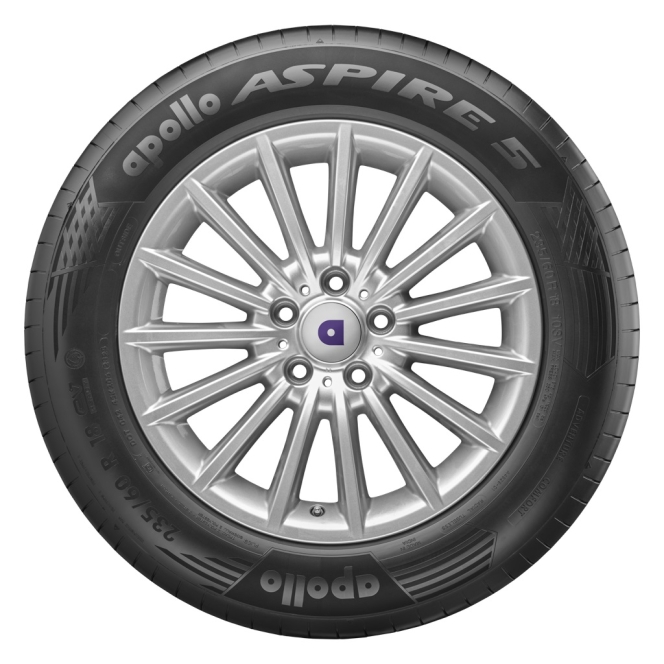
Apollo Tyres Ltd has launched the new Apollo Aspire 5 summer tyre designed for performance sedans and SUVs, including electric vehicles. The next-generation model succeeds the Aspire 4G+ and is offered in 24 sizes to fit rims from 17 to 21 inches. Engineered to provide a premium driving experience at a competitive price, the tyre incorporates several key technological advances.
At its core is Apollo’s Dynamic Contour Technology, which utilises an advanced tread design and specialised compound. This includes integrated ‘diamond ridges’ that absorb road shocks to improve comfort and control. Building upon its predecessor, an evolved Synchronised Tread Pitch system effectively reduces vibrations and road noise, with some sizes achieving a top-tier noise rating.
Performance and durability are enhanced through a structure that ensures even pressure distribution during demanding manoeuvres, promoting stable handling and uniform wear. A novel low-hysteresis carbon black compound reduces heat generation and rolling resistance, contributing to both extended tread life and better fuel efficiency, the latter reflected in a favourable rolling resistance rating for select variants. Furthermore, the tyre promises strong all-weather capability, with an excellent wet grip rating available on certain sizes for confident braking.
The Aspire 5’s development was validated through rigorous global testing. The results indicate that its overall refinement and comfort meet or surpass the standards set by leading premium European tyre brands.
Daniele Lorenzetti, Chief Technology Officer, Apollo Tyres Ltd, said, “With the Aspire 5, our R&D teams focused on enhancing refinement and comfort without compromising dynamic performance. Every element of the tyre has been developed to meet the expectations of premium and executive car owners seeking both comfort and control, resulting in a tyre that combines quietness and composure with responsive handling and efficiency.”
Madison Becomes Exclusive Distributor Of Maxxis Bicycle Tyres In UK And Ireland
- By TT News
- January 07, 2026
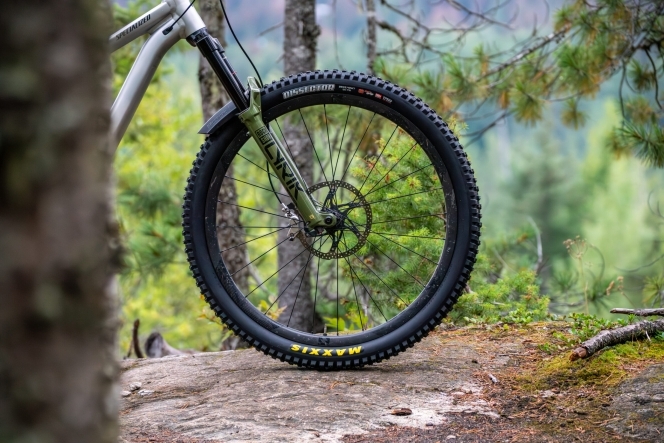
Madison, UK’s leading distributor of bicycle parts and accessories, has solidified its relationship with global tyre manufacturer Maxxis through a new exclusive agreement. Effective from the start of 2026, Madison has become the sole distributor of Maxxis bicycle tyres across the United Kingdom and Ireland. This move expands upon a partnership that began in 2017 and signifies a deepened, long-term commitment to growing the brand’s footprint in the region.
The decision to grant exclusivity underscores a mutual belief in the potential for further market development. Maxxis, an established leader in the premium tyre sector, will benefit from Madison’s extensive experience in cultivating cycling brands within the UK market. The distributor plans to implement a cohesive strategy for retail partners, focusing on consistent pricing, coordinated marketing and strengthened in-store support.
To bolster the brand’s visibility, Madison will channel additional investment into targeted marketing campaigns, retail activations and ambassador programmes. These efforts will be supported by the company’s in-house marketing resources, which encompass digital commerce, content production, public relations and social media management. Retailers can also expect tailored support through merchandising solutions and point-of-sale materials designed to enhance consumer engagement.
Operational stability and product availability for retailers of all sizes are set to be prioritised, leveraging Madison’s established logistics network. The existing roster of UK athletes and teams representing Maxxis will continue as a core component of the broader promotional strategy, supported by dedicated content creation.
Dom Langan, CEO, Madison, said, “We are delighted to strengthen our partnership with Maxxis. An exclusive approach allows us to work with clarity and purpose, offering consistent support for retailers and ensuring that Maxxis continues to thrive in the UK and Ireland. By aligning our strategy, resources and long-term ambitions, we are confident that we can drive meaningful, sustainable growth for the brand.”
Webfleet Partners With Bia Power And ChargeBroker To Streamline EV Fleet Management
- By TT News
- January 07, 2026
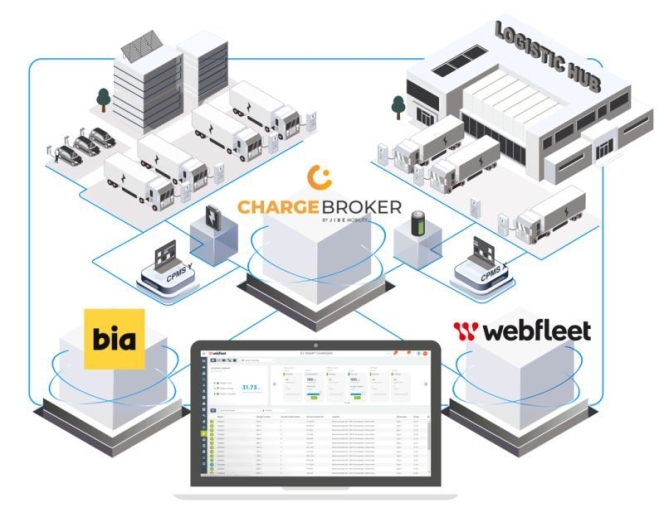
Webfleet, Bridgestone’s advanced fleet management solution, has partnered with Bia Power and ChargeBroker to form a comprehensive solution for electric vehicle fleet management. This integrated system is designed to work with a company's current setup, avoiding the need for new infrastructure.
The service begins with Webfleet providing operational data to Bia Power, which uses it to create optimal charging schedules. ChargeBroker then brings together various charging networks into one simplified platform. This end-to-end process makes managing large electric vehicle fleets far more efficient by seamlessly connecting vehicle operations with depot energy management.
It specifically solves the challenges of coordinating different vendor systems, offering a faster and more cost-effective path to fleet electrification. The services are now available globally for Webfleet users.
Apollo Tyres' Chennai And Limda Plants Earn Coveted Sword of Honour
- By TT News
- January 06, 2026
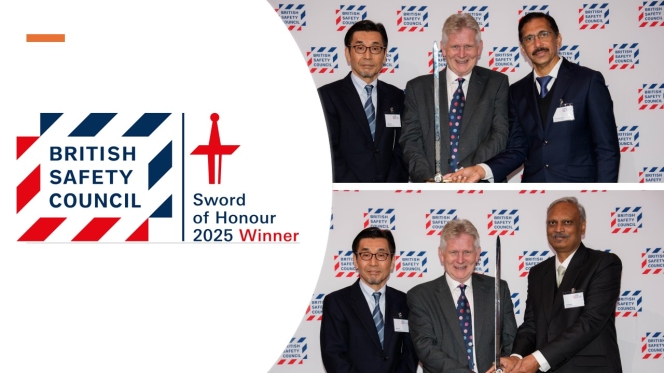
Apollo Tyres has achieved a significant international distinction in workplace safety, with its Chennai and Limda (Gujarat) plants each receiving the prestigious Sword of Honour from the British Safety Council. This accolade represents one of the highest global recognitions for excellence in health and safety management. The honour was formally presented to Chief Quality and Safety Officer Yoichi Sato, alongside Chennai Unit Head C Thomasmathew and Limda Unit Head Piush Bansal.
This award follows both facilities having previously secured top-tier five-star ratings in the British Safety Council’s rigorous Occupational Health and Safety Audit. The Sword of Honour is specifically reserved for organisations that exhibit an outstanding and sustained dedication to upholding the utmost standards in employee health, safety and wellbeing. Notably, the Chennai plant received additional commendation for its achievements in Innovation and Development.
These awards highlight Apollo Tyres' proactive and systematic approach to fostering a pervasive safety-first culture across its operations. The company's efforts extend beyond mere regulatory compliance, reflecting a deep-rooted commitment to cultivating secure, healthy and sustainable working environments for all employees, contractors and stakeholders. By consistently demonstrating world-class safety management and a drive for continuous improvement, this milestone reinforces Apollo Tyres' standing as a responsible industry leader aligned with global best practices.
Yoichi Sato, Chief Quality and Safety Officer, Apollo Tyres Ltd,, said, “Receiving the Sword of Honour for both our plants is a matter of great pride for everyone at Apollo Tyres. This recognition reinforces our belief that operational excellence begins with putting people first. We remain committed to continually strengthening our health and safety practices across all our operations, guided by our ‘Safety First’ philosophy.”
Peter McGettrick, Chairman, British Safety Council, said, “On behalf of the board of trustees and staff of the British Safety Council, I would like to congratulate Apollo Tyres on achieving the highest standards of its health, safety and wellbeing management. Achieving recognition of this sort takes absolute dedication and the utmost professionalism. We are proud to support you in your achievements and delighted we can contribute to your ongoing success.”
Mike Robinson, Chief Executive, British Safety Council, said, “I would like to congratulate Apollo Tyres and its staff on this award, in tribute to their commitment to keeping their workplace safe and healthy and contributing to safeguarding the environment. All of the Sword, Globe and Shield award-winning organisations share a commitment and willingness to achieve the uppermost standards of health and safety. We thank Apollo Tyyres for contributing to achieving our vision that no one should be injured or made ill through their work.”


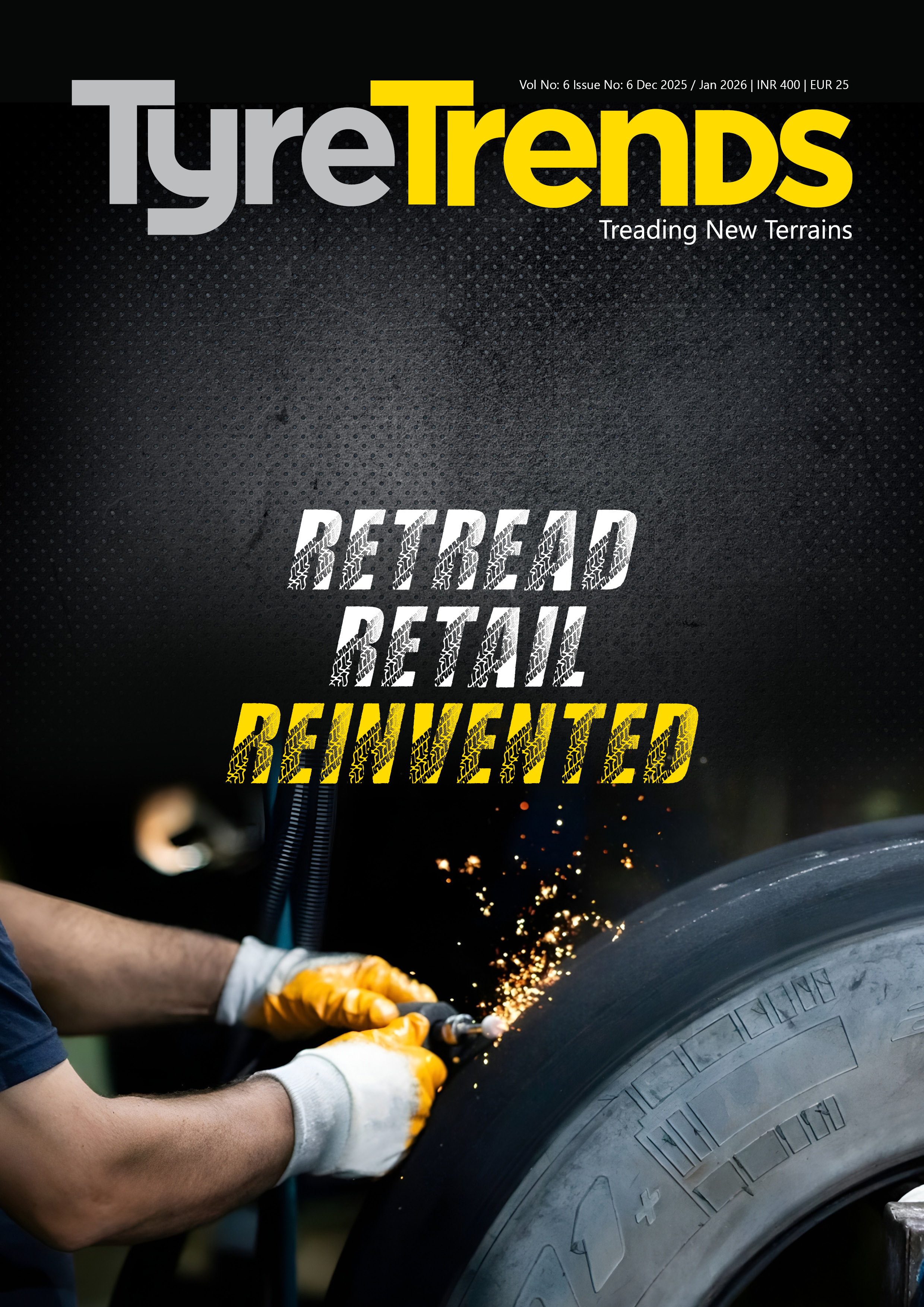

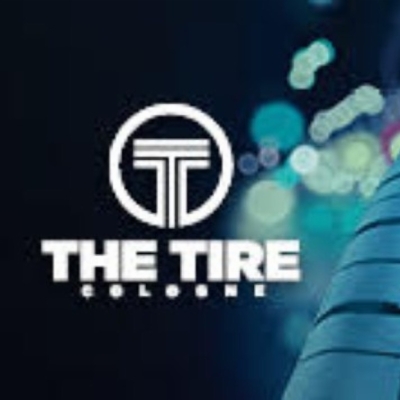
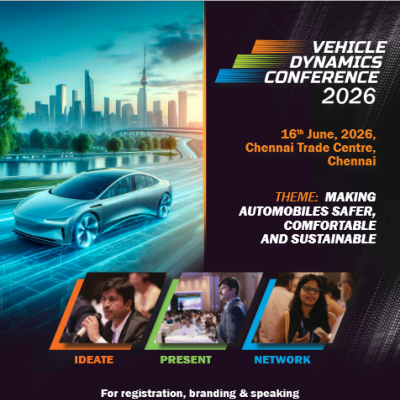
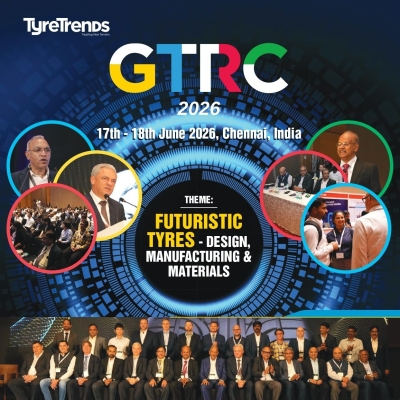
Comments (0)
ADD COMMENT